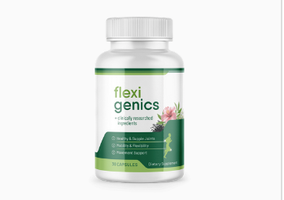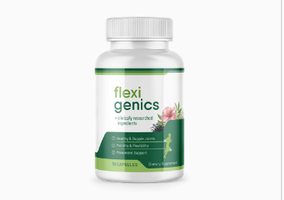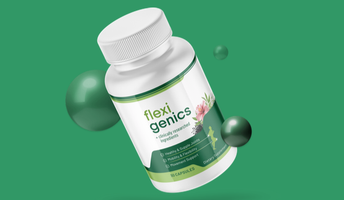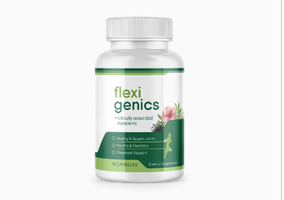

Flexigenics: A Comprehensive Guide to Optimal Joint Health

● PROFESSIONALS FOR PROFESSIONALS
Joint health is a critical component of overall well-being. As we age, or engage in physical activities that stress our joints, maintaining flexibility and strength becomes increasingly important. Flexigenics, a holistic approach to joint health, has gained significant traction in recent years. In this comprehensive guide, we explore Flexigenics, breaking down its principles, benefits, and applications to help you enhance your joint health and mobility.
What is Flexigenics?
Flexigenics refers to a multi-faceted approach to improving joint function, flexibility, and mobility. It emphasizes the importance of incorporating a variety of techniques, such as exercise, nutrition, and supplements, to enhance joint health and prevent degeneration. By targeting the core elements of joint well-being, Flexigenics aims to provide lasting relief from stiffness, pain, and inflammation.
Flexigenics is a breakthrough in joint health, designed to improve mobility, reduce discomfort, and support long-term joint well-being. Whether you're an athlete or someone dealing with joint stiffness, Flexigenics can be a game-changer. This supplement uses scientifically-backed ingredients to promote joint flexibility and resilience.
Understanding Joint Function
Joints are where two bones meet, allowing movement and providing support. They are surrounded by cartilage, synovial fluid, and ligaments, all of which play a role in maintaining the health and functionality of the joint. Over time, joints can be affected by age, injury, or conditions such as arthritis, leading to pain and decreased mobility.
Flexigenics focuses on protecting and restoring the natural balance within the joints, allowing for smooth, pain-free movement.
Key Components of Flexigenics
1. Exercise and Movement
Physical activity is at the heart of Flexigenics. Regular exercise promotes joint health by strengthening the muscles around the joints, improving flexibility, and boosting circulation. Some of the best exercises for joint health include:
• Low-Impact Cardio: Swimming, cycling, and walking are excellent for maintaining mobility without placing too much strain on the joints.
• Strength Training: Weight-bearing exercises help build muscle strength, which provides better support for the joints.
• Stretching: Incorporating yoga or dynamic stretching helps improve flexibility and range of motion, preventing stiffness and reducing the risk of injury.
It’s essential to focus on balance between strengthening and stretching, as overexertion or repetitive strain can lead to joint problems.
Visit the product's official website for more information.

